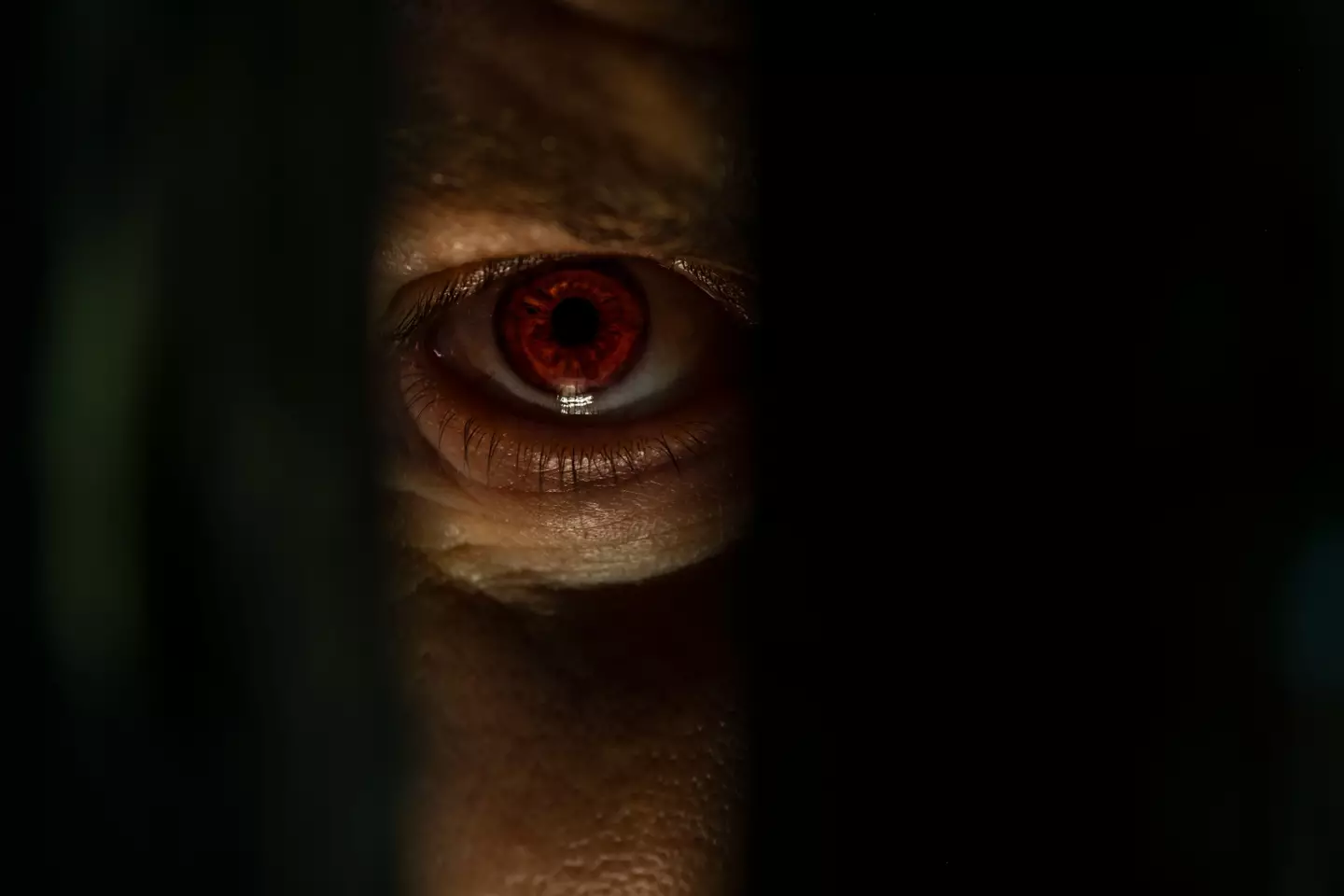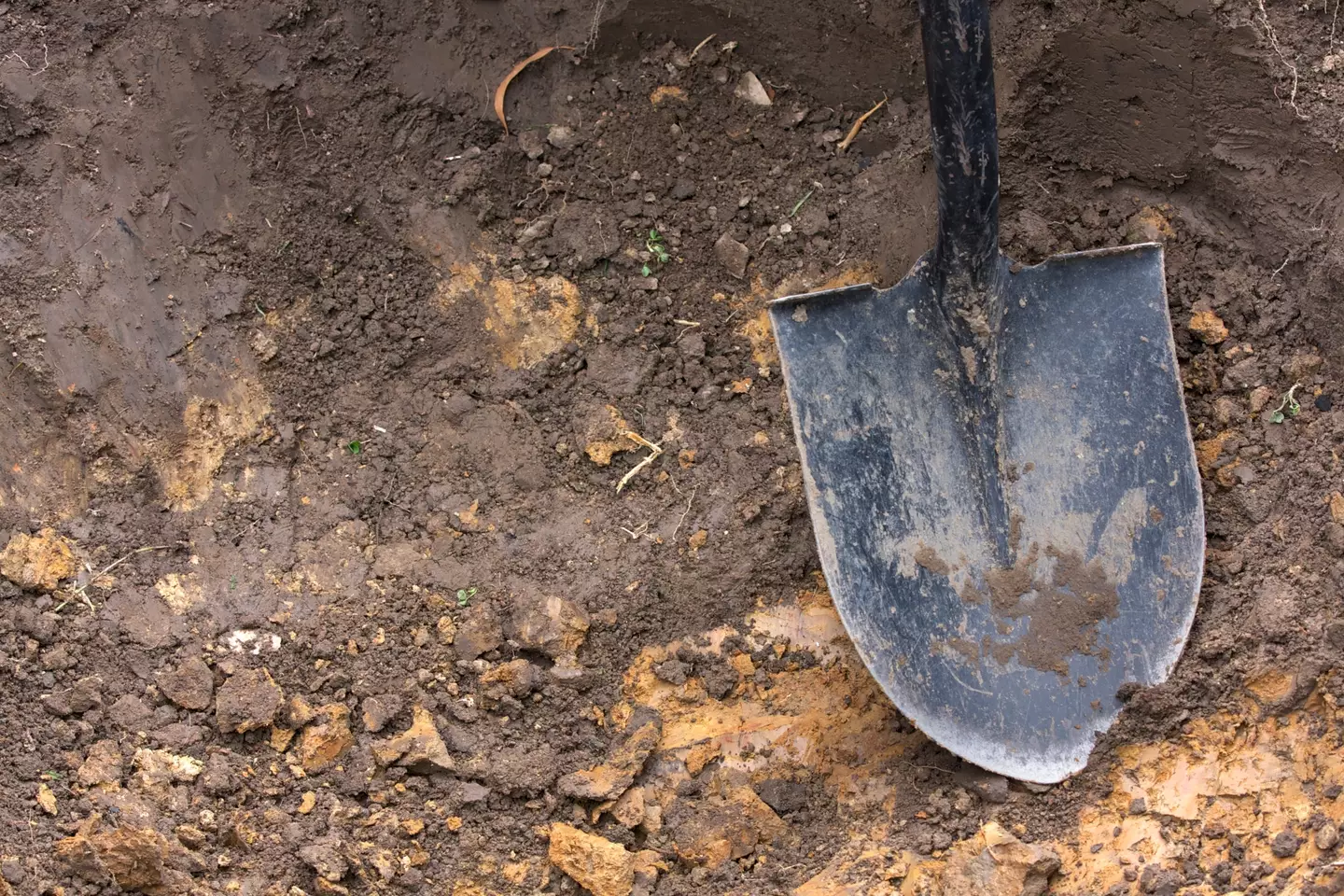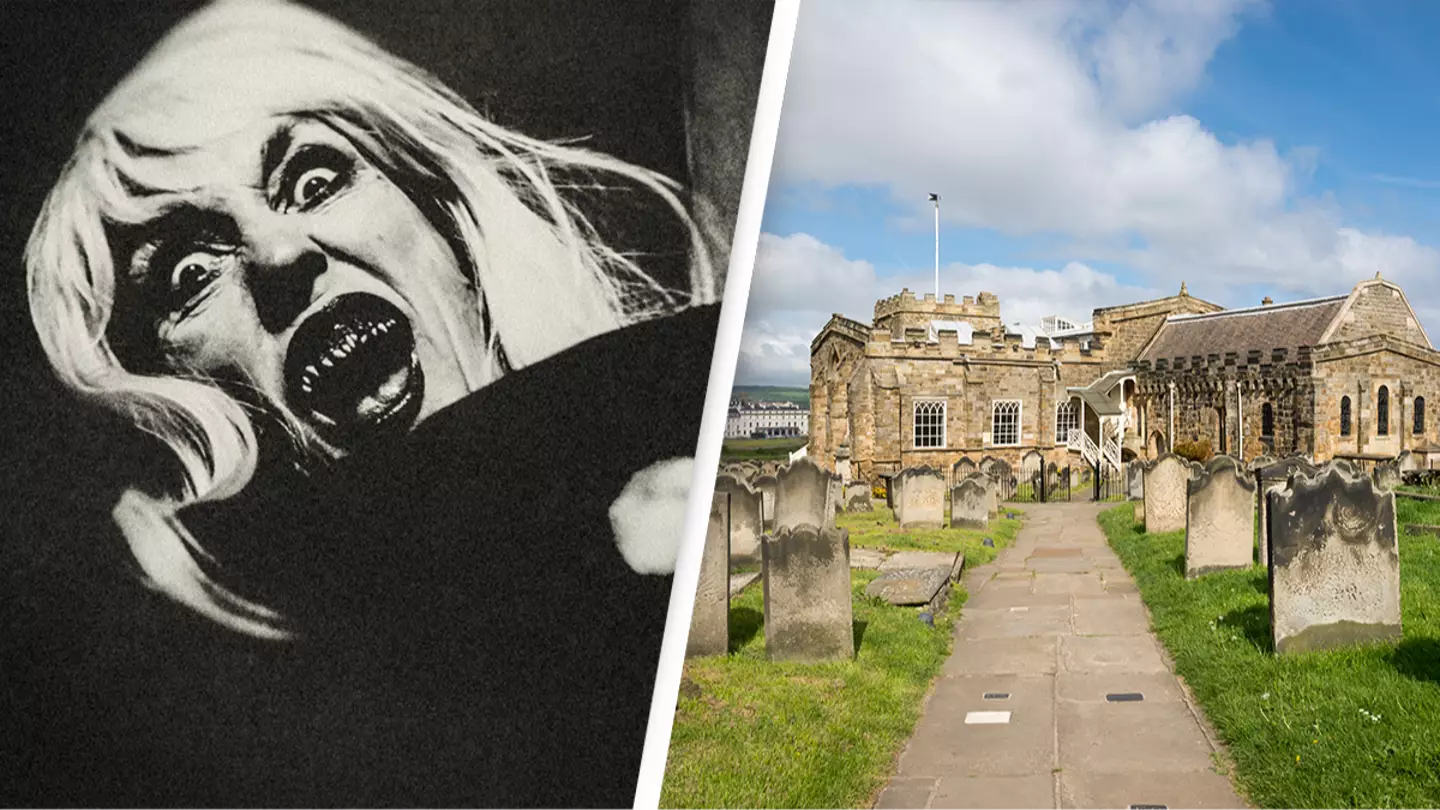An official probe led by military leaders and surgeons came to a chilling conclusion that a small village was plagued with bodies found in a ‘vampiric condition’. For those of you who have devoured every episode of the Twilight saga, Dracula, The Vampire Diaries, or Wednesday and are on the hunt for something new in the supernatural realm, why not dive into a tale of suspected real-life vampires?

A Serbian soldier named Arnold Paole tragically died after falling and breaking his neck in 1727. He was laid to rest in Meduegna, a quaint town that would soon be wrapped in fear and mystery surrounding his death. According to a documented report by regimental field marshal Fluckinger addressed to the Belgrade High Command, “In the 20 or 30 days following his death, several villagers reported being harassed by the deceased Arnont Paule; and then four of them were purportedly killed by him.”
It was rumored that Paole had once confessed to being tormented by a vampire in Cossowa, which is located in the Turkish province of Servia. In his desperation to rid himself of this curse, he supposedly consumed soil from the vampire’s grave and smeared his body with its blood. Compelled by these eerie claims, the villagers exhumed Paole’s grave 40 days after his burial.

Those who unearthed his grave were confronted with a terrifying sight: Paole’s body was perfectly preserved and untouched by decay.
“The body had fresh blood flowing from his eyes, nose, mouth, and ears. His chin, shawl, and torso were soaked in blood; his old nails and skin on his hands and feet had fallen off, and new ones had formed,” detailed the report.
Convinced that Paole was indeed a vampire, the villagers drove a stake through his heart, at which he reportedly groaned loudly and bled profusely, before they burned his remains. However, this did not put an end to their troubles. Within a short span, 17 more villagers died suddenly, 13 of them in just six weeks alone.

Graves were dug up to check for vampires (Getty Stock An outbreak of unexplained symptoms like stabbing pains, chest discomfort, enduring fevers, and severe limb pain led the villagers to suspect a vampire infestation. A total of ten graves were excavated to confirm these suspicions.
“The sight of one individual with her mouth still open, fresh blood flowing from her nose and mouth, and her bloated, blood-covered body was particularly alarming,” noted Medicus Glaser, who was summoned to assess the situation. Even he found these occurrences ‘suspicious’ and sympathized with the villagers’ fears.
Medical professionals resolved there were vampires (Getty Stock Images/ Fotokita) After further investigation by military surgeons Johann Flückinger, Siegele, and Johann Friedrich Baumgarten, along with two officers, lieutenant colonel Büttner and J. H. von Lindenfels, it was concluded on 26 January 1732 that while five of the bodies had decayed, 12 remained eerily well-preserved with fresh blood, vibrant skin, and newly grown nails.
The official report declared these bodies to be in a ‘vampiric condition’. To prevent further terror, the bodies were decapitated and burned.
While modern medicine now recognizes several conditions that could mimic the symptoms described as ‘vampiric’, the legend persists. Whether or not you choose to believe in vampires, perhaps there’s an Edward Cullen out there ready to sweep you off your feet—just keep an open mind.

